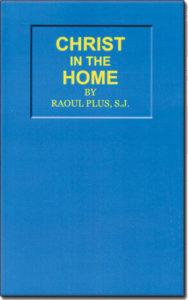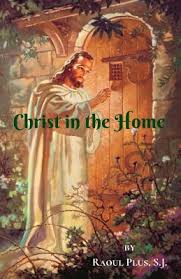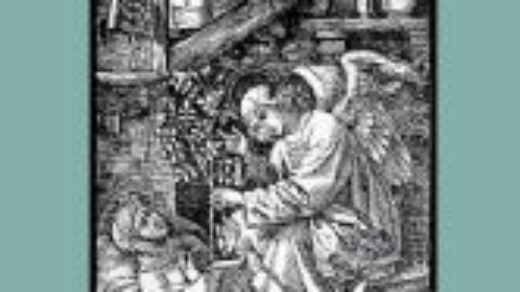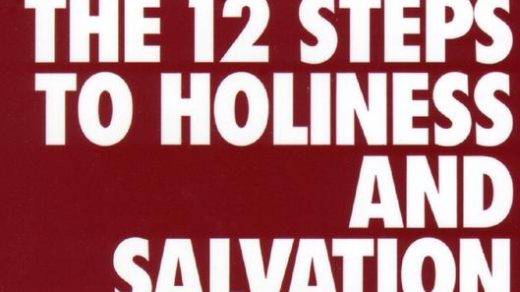 The back cover says, “This book has been out of print for over 50 years...until now!” Well, that explains why I didn't know of the existence of this book until recently – and what a pity it was out of print when it was ever so much needed!
The back cover says, “This book has been out of print for over 50 years...until now!” Well, that explains why I didn't know of the existence of this book until recently – and what a pity it was out of print when it was ever so much needed!
Thankfully, it is once again available. Consequently, True Restoration has pounced on the opportunity to bring this wonderful title to our readership.
As a mother of children ranging from around 3 to 22 years of age, I can attest that what the author suggests we do as spouses and parents, which my husband and I have done, definitely has proven to be effective and fruitful. And what the author suggests that we do or do not do, that has never occurred to us to do, or not do, I can now see are things that I wish I had known about many years ago before embarking upon married life.
There is no point dwelling on regretful thoughts, wishing I had not only read but studied this book, referring to it time and time again over many years past. Instead, I am grateful that I eventually came across it because as the saying goes “better late than never” and now I will be avidly promoting this to my family and friends who are considering marriage, or are engaged to be married, in the hope that they will be able to benefit from the very start. For those already married, parents and even grandparents, there is also a wealth of wisdom applicable to all facets of Catholic home life that is very valuable at any stage in life.
What exactly can be expected when reading this book? To begin with, it is a very pleasant, conversational, easy-to-read book which draws upon Catholic principles blended with psychological truths. These principles and truths are systematically presented, often followed by real-life accounts to demonstrate the veracity and effectiveness of the advice provided. If you enjoy interesting anecdotal accounts that serve a useful purpose, then you will definitely enjoy this book. You will also be treated to fascinating – and inspiring – extracts from letters and notes written by people throughout history to, or about, their spouses, parents and/or children. One example, written by a father describing the joy that attends the birth of a baby, reads:
“When one sees a little one so weak yet so well formed one loves the Creator still more and how much more one thanks Him for giving us life! What a beautiful mystery maternity is! To see a young mother feeding her babe suffices to incite one to adore God. There is nothing more touching than to see this dear little treasure resting in the arms of its mother. It was baptized on March 28. What a majestic ceremony it was and how proud one feels to be able to say his son is a Christian!”
Differences and specific roles of men and women are clearly explained. Reflecting upon God's plan the author writes:
“Adam was formed from the slime of the earth, Eve from the body of Adam. Might not this great difference in origin explain, in part at least, the essential difference between the masculine temperament and the feminine temperament? Man is coarser grained, more vehement in passion, more readily excited to physical desires... Woman according to Bishop Dupanloup, is more soulful than man. That, too, can be understood in the light of her role in marriage. Might it not also be explained by the fact that, born as she was from a living human being, the beginnings of her material being were nobler than Adam? In any case, one thing is certain – God wanted Adam and Eve to be different from each other. It is a mistake for man to become effeminate, for woman to play the man. They are not made to resemble each other but to complement each other.”
Section titles include (among many others): “Men's Virtues versus Women's Virtues,” “Man's Fidelity,” “A Wife with Character,” “Courageous Fathers,” “A Mother's Zeal,” “Paternal Solicitude” and my personal favourites “Praiseworthy Vanity” and “Friendly Argument.”
Starting with a small section on introductory readings, it moves into “Marriage” which spans about 100 pages. “The Home” is covered over an additional 100 pages (approximately) and then the most substantial portion of the book is dedicated to the training of children. Each section, and especially the last one on “Training,” provide the most solid and detailed blueprints for truly successful Catholic home-life that I have ever seen.
If everyone were to read this manual, aptly called, “Christ in the Home,” and apply the author's suggestions, then we would be living in a world peopled with deeply-happy married couples, highly-effective parents and wonderfully happy and holy children, destined to become saints!



